 |
 |
 |
| |
Any level of detectable viremia is associated with serious non-AIDS events
Even Low-Level Viral Load Inflates Risk of Serious Non-AIDS Illness
|
| |
| |
30th CROI, Conference on Retroviruses and Opportunistic Infections, February 19-22, 2023, Seattle
Mark Mascolini
Even a viral load between 51 to 199 copies-if it's not a transient blip-boosts chances of a new serious non-AIDS illness 25%, according to analysis of 2815 adults in the US Military HIV Natural History Study [1]. A viral load between 200 and 999 copies-again if not a blip-hiked chances of a new serious non-AIDS disease 57%.
A viral load between 51 and 199 copies, often called low-level viremia, can occur in 3% to 10% of people taking an antiretroviral combination, according to US military medical researchers who conducted this study. High-level viremia, defined here as a viral load between 200 and 999 copies, may open the door to serious non-AIDS conditions and to virologic failure. But the consequences of low-level viremia remain poorly defined.
To get a handle on whether low-level viremia can have serious clinical consequences, researchers at the Uniformed Services University of the Health Sciences in Bethesda and colleagues at other centers conducted this study of military beneficiaries who enrolled in the Natural History Study early in the course of their HIV infection and have access to the care and medications they need.
This analysis focused on Natural History Study participants who started antiretroviral therapy after 1996 and had two or more viral loads measured at least 6 months after starting therapy with an assay that can read as few as 50 copies per milliliter. The military researchers classified detectable viral loads as:
Low-level viremia: 51 to 199 copies and not a blip
High-level viremia: 200 to 999 copies and not a blip or nonsuppressed viremia
Nonsuppressed viremia: a single viral load at or above 1000 copies or a viral load at or above 200 copies two or more times determined at least 3 months apart
Virologic suppression: a viral load at or below 50 copies or a . . .
Blip: an isolated viral load of 51 to 999 copies preceded and followed by a viral load at or below 50 copies
A Cox proportional hazards model adjusted for gender, race, time to starting antiretrovirals, age, viral load category, antiretroviral regimen, and CD4 count updated over time identified predictors of a serious non-AIDS illness.
The study group included 2815 people, 1220 of them with virologic suppression, 325 with blips, 221 with low-level viremia, 122 with high-level viremia, and 927 with nonsuppression.
Serious non-AIDS events included cancer, heart disease, vascular disease, stage 3 chronic kidney disease, and cirrhosis. While 82.6% of participants had no serious adverse events, 17.4% had one or more. Men made up 94.4% of the group with no serious adverse events and 90.2% with a serious non-AIDS event (P = 0.0006 vs women). Whites made up 37.9% of those with no serious non-AIDS event and 49.7% of those with such an event; blacks made up 43.9% with no serious non-AIDS event and 37.4% without such an event; Hispanics and others made up 18.2% with no serious non-AIDS event and 12.9% with such an event (P < 0.0001 across the three race/ethnicity groups). Median age at HIV diagnosis stood at 28.1 in those without a serious non-AIDS event and 33.7 in those with such an event (P < 0.0001). Median age when antiretrovirals began was 31.1 without a serious non-AIDS event and 39.2 with such an event (P < 0.0001).
In the adjusted proportional hazards model, time-updated low-level viremia raised the risk of a new serious non-AIDS illness 25% (adjusted hazard ratio [aHR] 1.249, 95% confidence interval [CI] 1.161 to 1.343, P < 0.0001). High-level viremia hiked that risk 57% (aHR 1.566, 95% CI 1.453 to 1.689, P < 0.0001). Nonsuppression upped the risk 71% (aHR 1.713, 95% CI 1.641 to 1.788, P < 0.0001). Every extra year between HIV diagnosis and starting antiretrovirals hoisted the risk about 2% (aHR 1.017, 95% CI 1.013 to 1.021, P < 0.0001).

Being female instead of male raised the risk of a serious non-AIDS illness 35%, while being black versus white cut the risk 33% and being Hispanic trimmed the risk about 23%. Every additional 10 years of age made a serious non-AIDS illness 60% more likely. Every 100-cell higher updated CD4 count whittled the risk about 7%.
In a separate analysis of people starting antiretrovirals after 2006 (when single-pill combinations became available and just before integrase inhibitors arrived), low-level viremia raised the risk of a serious non-AIDS illness 30%, but this association fell just short of statistical significance (aHR 1.299, 95% CI 0.983 to 1.717, P = 0.0656). In this analysis high-level viremia doubled the risk of serious non-AIDS illness, and this association was statistically significant (aHR 1.959, 95% CI 1.21 to 3.172, P = 0.0062).

This was a relatively young group in the study. INSTI was found to be protective.
Factors associated with SNAEs in an analysis in which CKD was defined as stage 4 or lower

In` both of these analyses, a higher viral load when treatment began independently upped chances of a later serious non-AIDS illness. And in both analyses, lower CD4 counts, any level of detectable viremia, and waiting longer to start antiretrovirals boosted chances a subsequent non-AIDS illness. The researchers concluded that although their findings require confirmation, "we believe, at a minimum, the presence of low-level viremia should necessitate an assessment of adherence and closer follow-up."
Reference
1. Ganesan A, Hsieh HC, Chu X, et al. Any level of detectable viremia is associated with serious non-AIDS events. 30th CROI, Conference on Retroviruses and Opportunistic Infections, February 19-22, 2023, Seattle. Abstract 689.
As a reminder about the old SMART Study:
The results of the smart study showed that it (interruption) compared with ct (continued ART), was associated with increased risks of aids or death, serious aids-defining events, and severe complications "A very consistent finding," Dr. El-Sadr noted. "These results were consistent across gender, race, baseline cd4+ cell count, or nadir cd4+ cell count, all favoring the ct strategy.
"Episodic use of antiretroviral therapy based on cd4+ cell counts, as utilized in the smart study design, is inferior to continuous antiretro- viral therapy for the management of antiretroviral-experienced patients,"
ART Interruption-SMART Study
DC patients had HIV RNA levels >400 copies/mL for most of the follow-up time when their CD4+ cell counts were ⩾350 cells/μL, and this uncontrolled viral replication even at these higher CD4+ cell counts was associated with an increased risk of OD/death.
https://academic.oup.com/jid/article/197/8/1145/903025
pdf attached

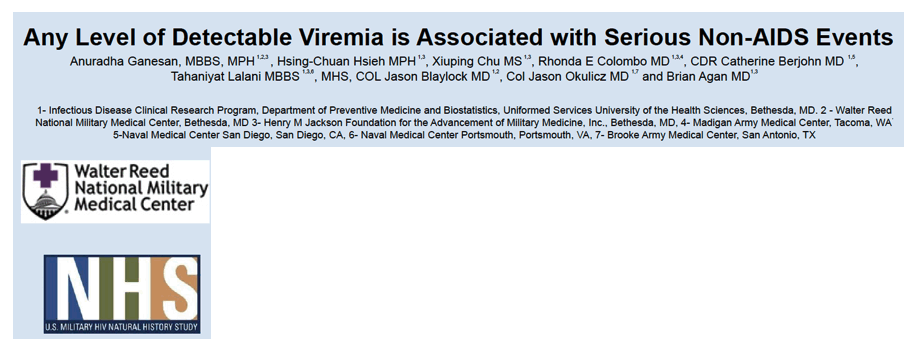
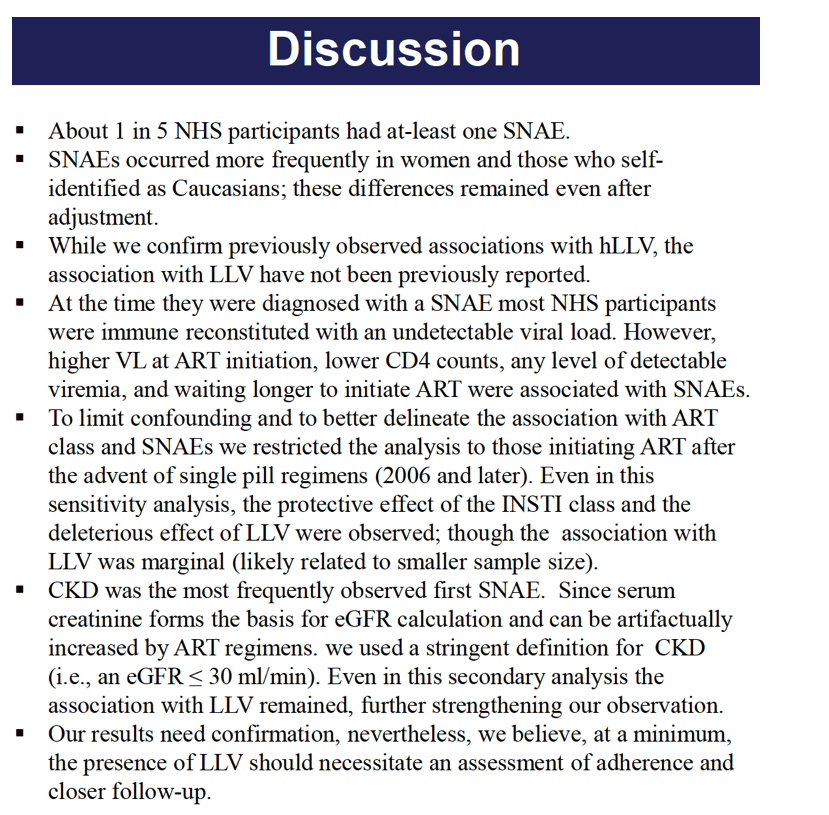
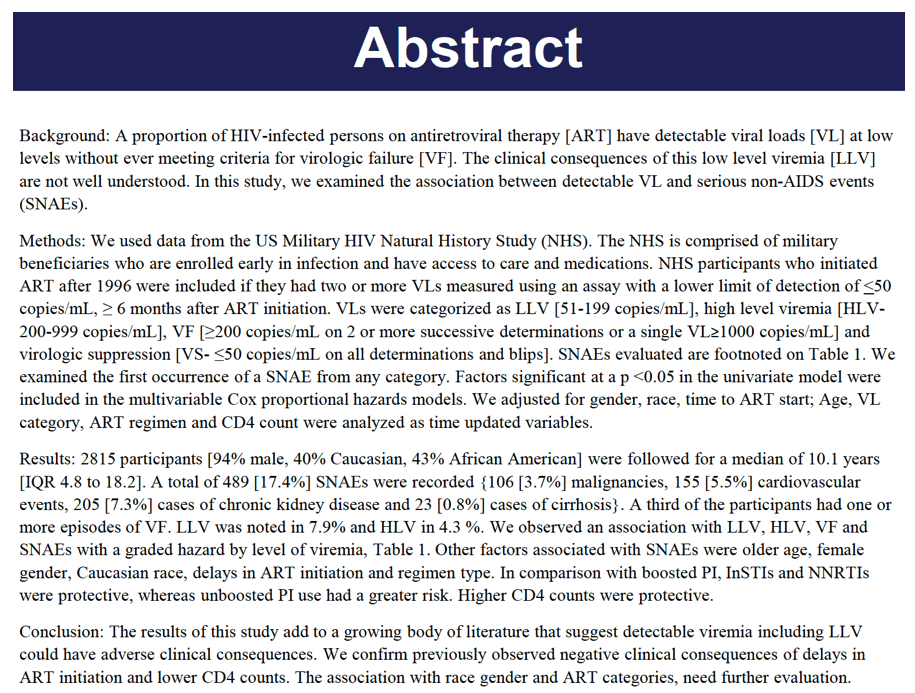



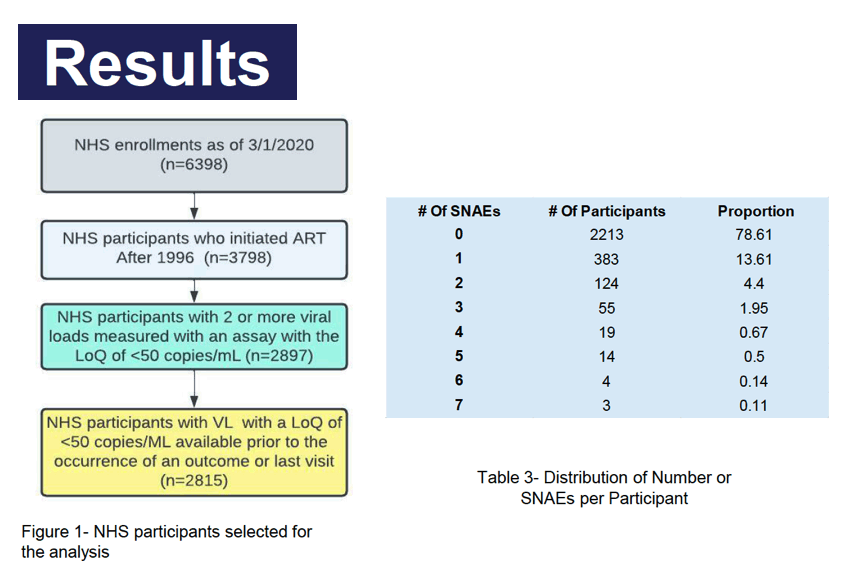
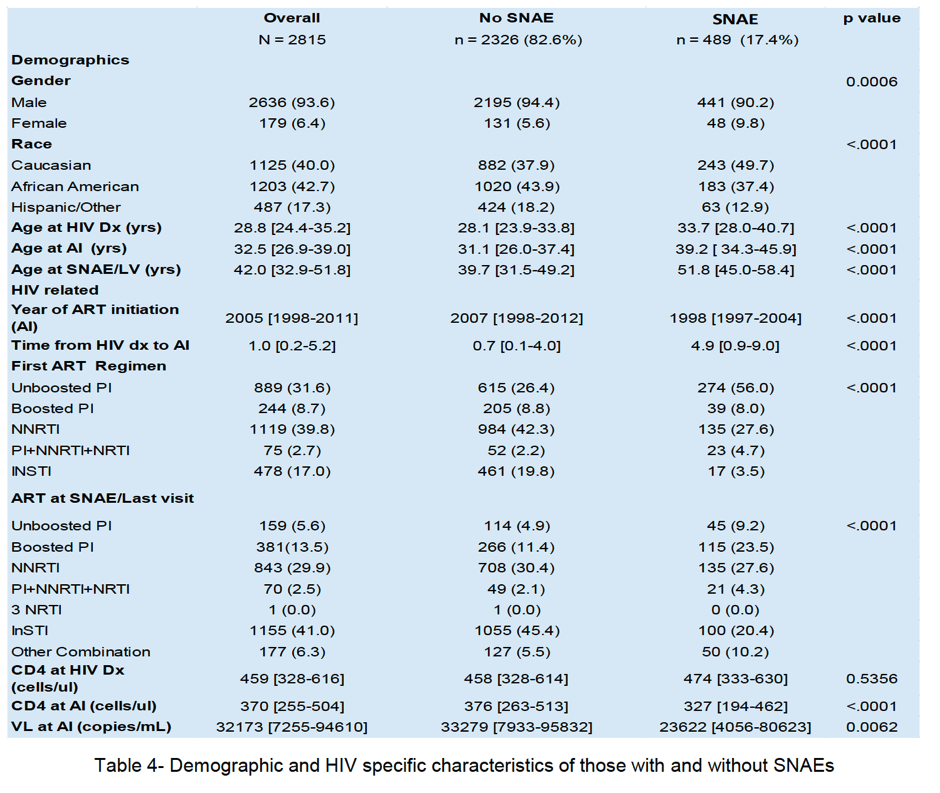
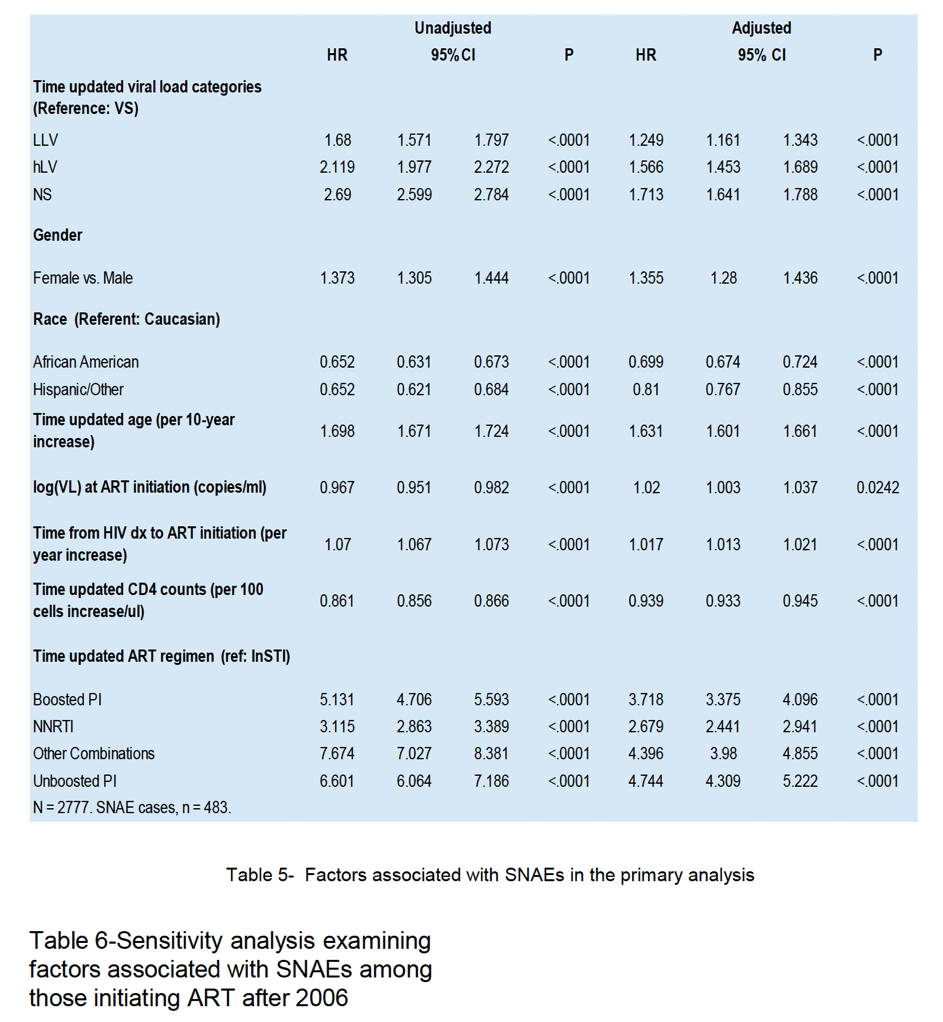

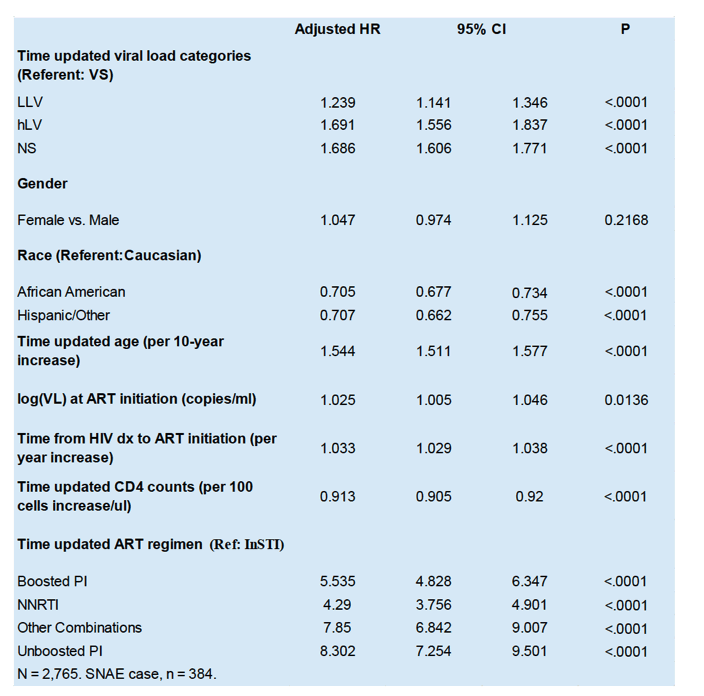
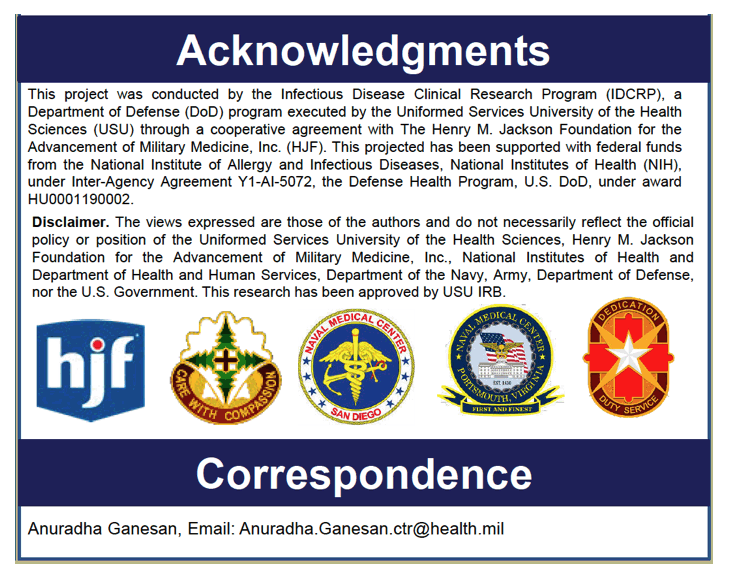
|
| |
|
 |
 |
|
|